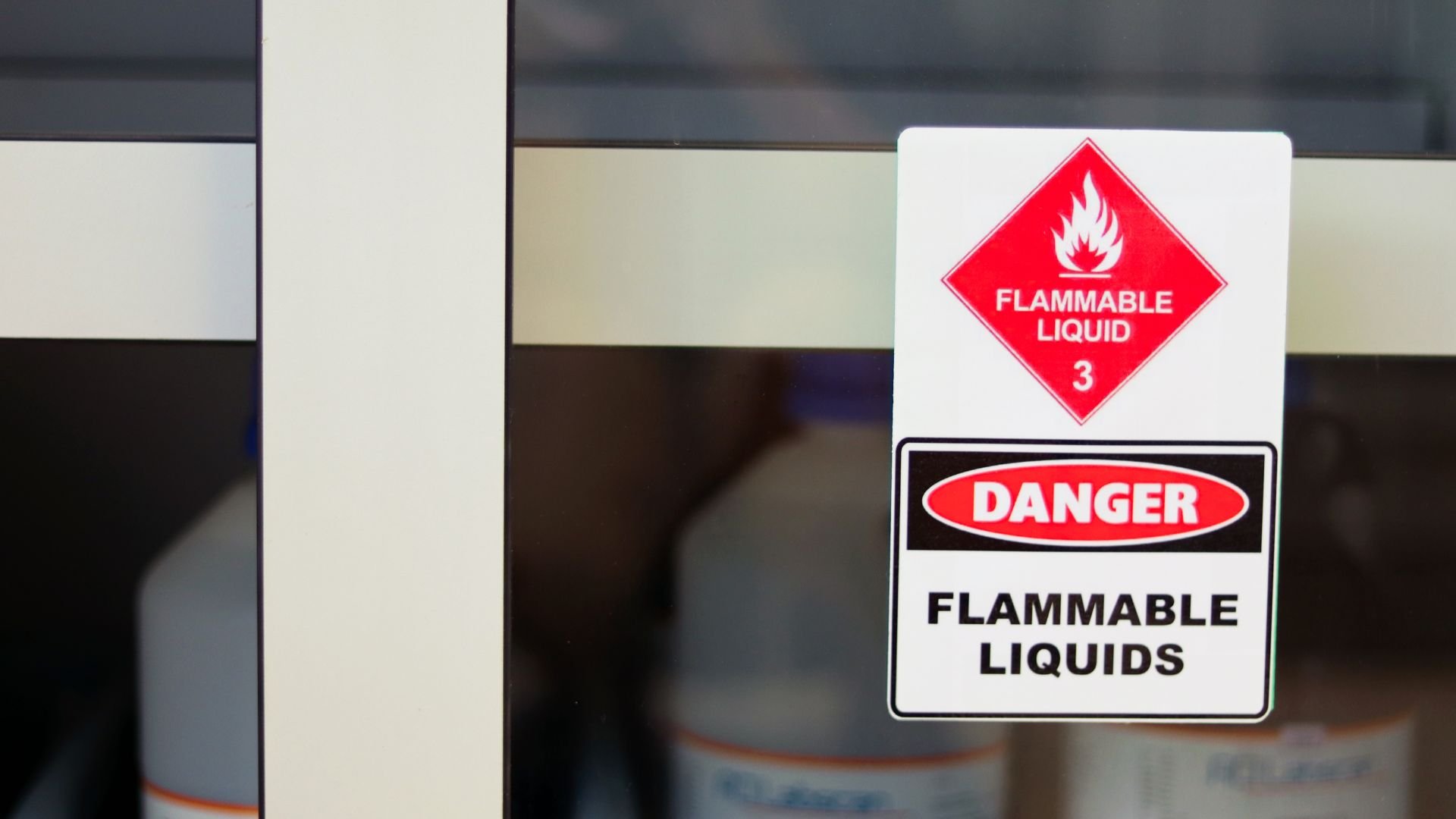What does GHS stand for in WHMIS? Understanding this Concept for Chemical Labelling
by Irwin's Marketing Team, on Jan 15, 2024 9:46:15 AM

Working with hazardous chemicals is a reality in many workplaces. To keep workers safe, it's crucial to have clear, consistent workplace labels and communication about hazardous products. This is why WHMIS, Canada's health hazard communication standard, is transitioning to align with the Globally Harmonized System (GHS) for hazard classification and labeling of chemicals. Let's talk about GHS and how it improves chemical safety.
What is GHS?
GHS stands for the Globally Harmonized System of Classification and Labeling of Chemicals. It is an internationally agreed-upon standard managed by the United Nations that provides consistent criteria and symbols for classifying chemical hazards and communicating safety information.
The goal of GHS is to have universal GHS labels and material safety data sheets for hazardous products so that information is standardized for all chemical users, regardless of where they are located. This improves adherence to Safety Legislation, comprehension of hazards of chemicla products and worker safety.
Key Elements of GHS
GHS has specific criteria for classifying the different hazards posed by chemicals. It also uses standardized label elements so hazards are immediately recognizable. Key parts include:
Hazard Classification
GHS establishes specific criteria for classifying the different hazards posed by chemicals into defined hazard classes and categories. This allows consistent ratings of chemical hazards across international borders.
There are three main hazard groups:
Physical HazardsPhysical hazards cover endpoints like flammable gases, explosives, oxidizing chemicals, and corrosive to metals. Examples of physical hazard classes include:
- Explosives
- Flammable gases, aerosols, liquids, and solids
- Oxidizing gases, liquids, and solids
- Gases under pressure
- Self-reactive substances
- Pyrophoric liquids and solids
- Self-heating substances
These hazards cause injury or damage to human health. Classes include acute toxicity, skin corrosion/irritation, aspiration toxicity, carcinogenicity, and more.
- Acute toxicity (oral, dermal, inhalation)
- Skin corrosion/irritation
- Eye damage/irritation
- Respiratory sensitization
- Germ cell mutagenicity
- Carcinogenicity
- Reproductive toxicity
- Target organ systemic toxicity (single and repeated exposure)
Environmental hazards cause damage to aquatic life or the atmosphere. Examples are acute aquatic toxicity and hazardous to the ozone layer.
GHS uses LD50 and LC50 toxicity values, along with other data, to assign standardized hazard categories from 1 to 5, with 1 being the most severe. This allows consistent communication of toxicity information across jurisdictions and languages.
Hazard Communication
Standardized label elements ensure easy recognition of chemical hazards. Labels include pictograms, signal words, hazard and precautionary statements, and product identifiers. The requirements for labels aim to improve communication of hazards to workers.
Safety Data Sheets
The GHS SDS format provides consistent details about chemical contents, hazards, handling, disposal, and other safety issues. SDSs must follow a 16-section format, replacing the previous material safety data sheets.
GHS Implementation
In February 2021, WHMIS aligned with GHS through an update known as WHMIS 2015. All hazardous chemical products in Canadian workplaces must now comply with GHS requirements for classification, labeling, and SDSs.
The transition period allowed time for chemical producers to re-classify products and create new labeling and SDSs. Workplaces also needed time to train workers on recognizing GHS label elements and reading SDSs in the new format.
Using GHS improves safe chemical management through consistent hazard communication and better protects the safety of workers handling hazardous materials.
Final Thoughts
Implementing GHS worldwide improves worker health and safety by providing standardized criteria and symbols for identifying chemical hazards. Becoming familiar with GHS labeling and SDSs allows workers to better protect themselves when handling hazardous materials. Consistent communication of chemical risks is key to reducing workplace accidents and injuries globally.
.png?width=162&height=64&name=IRWINS%20website%20logo%20(1).png)